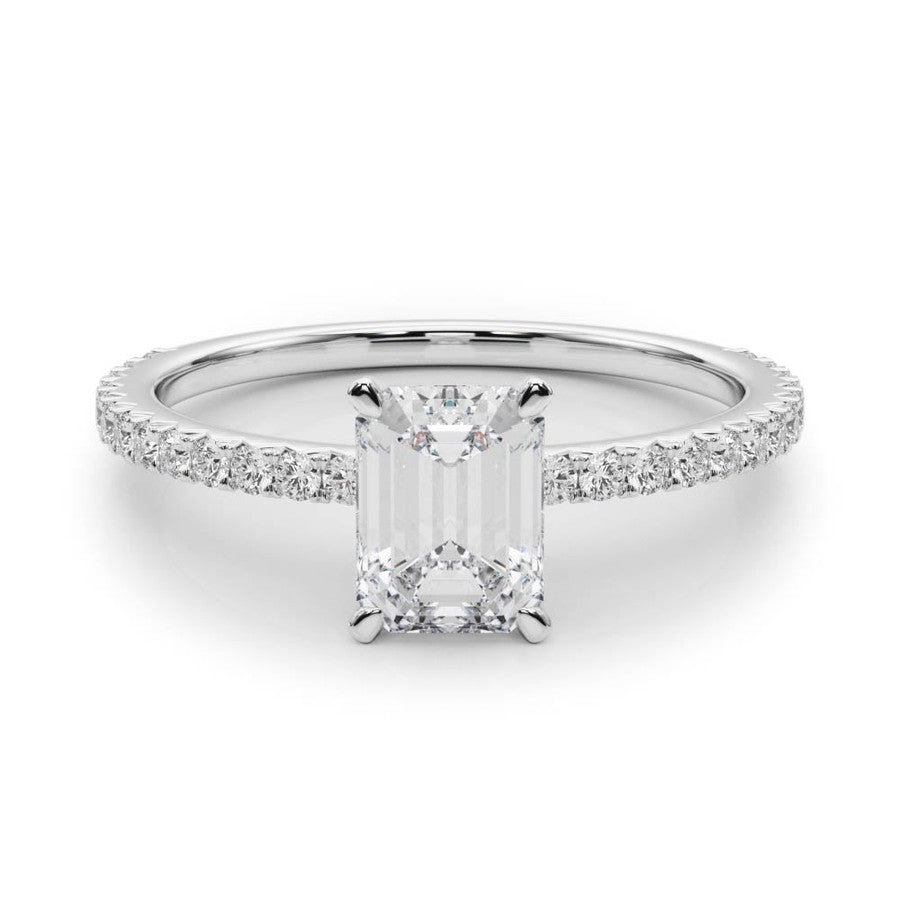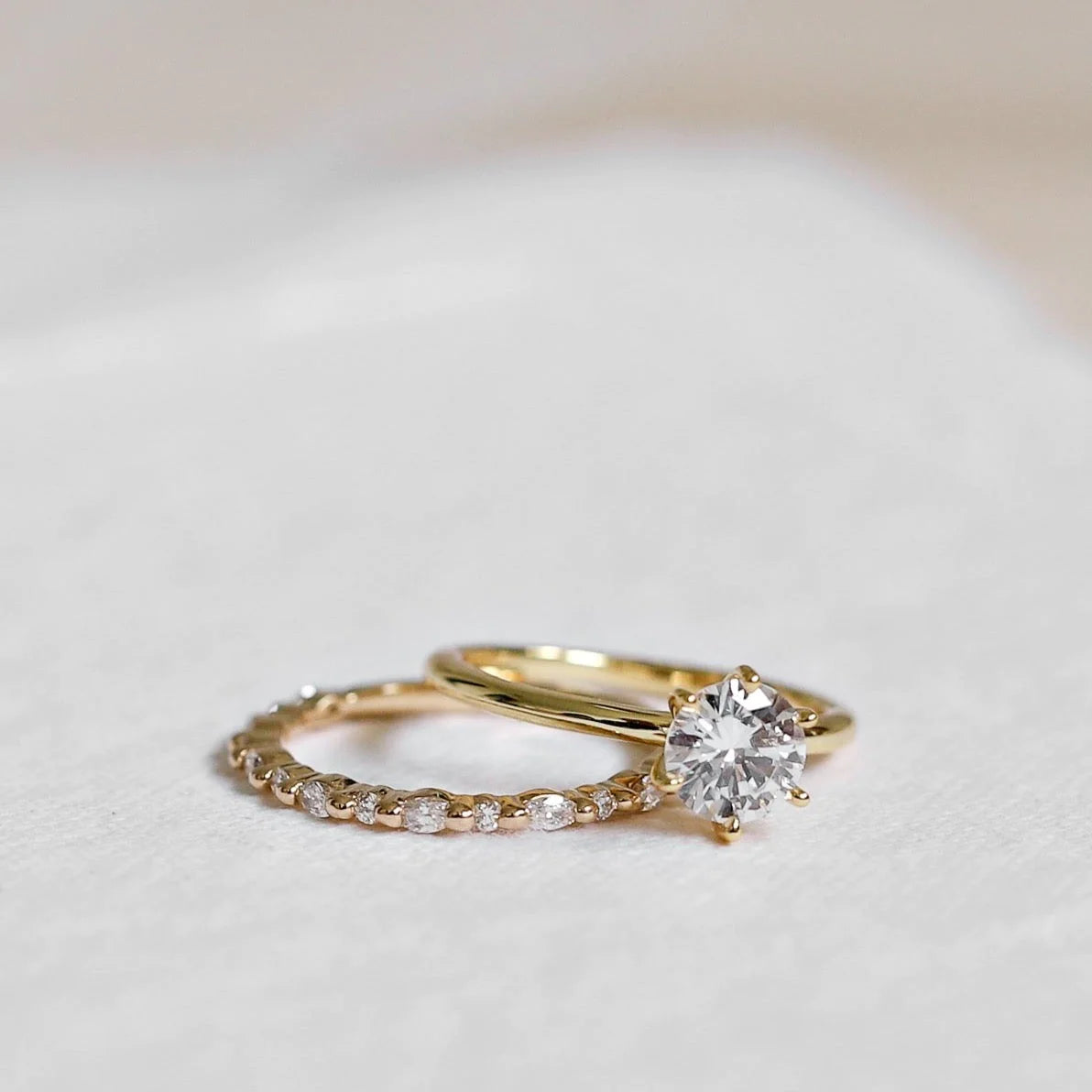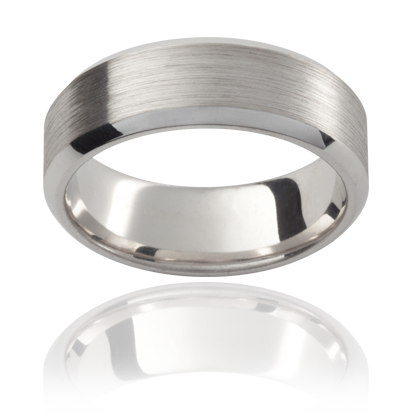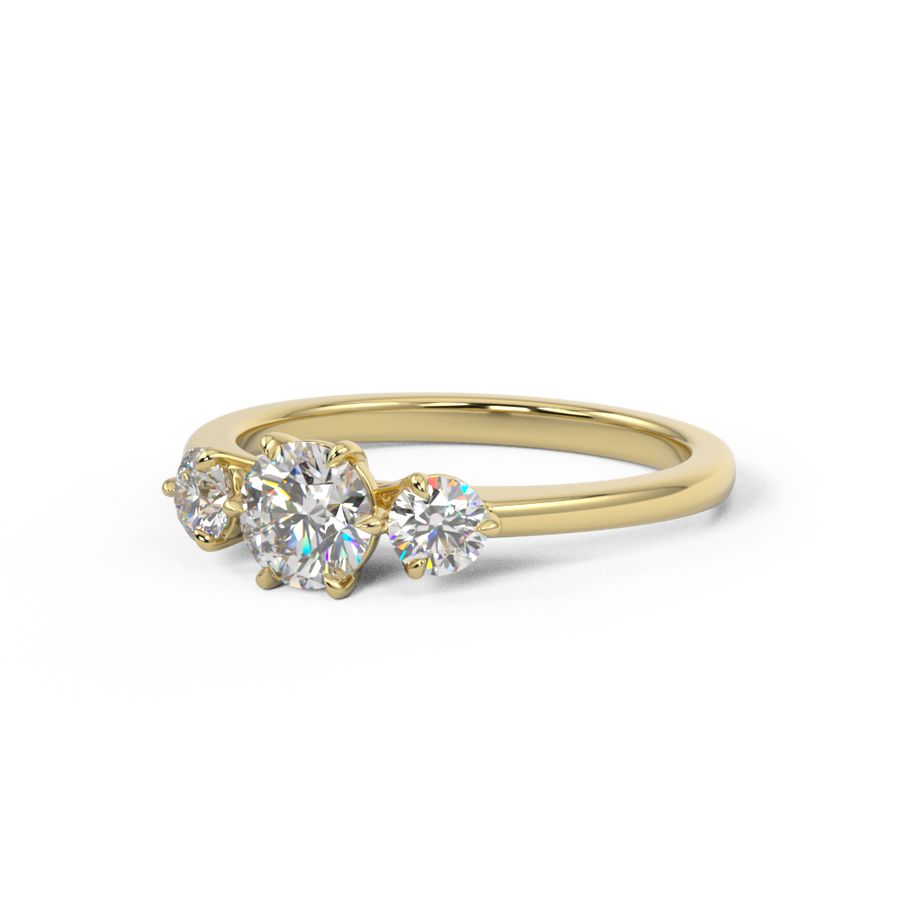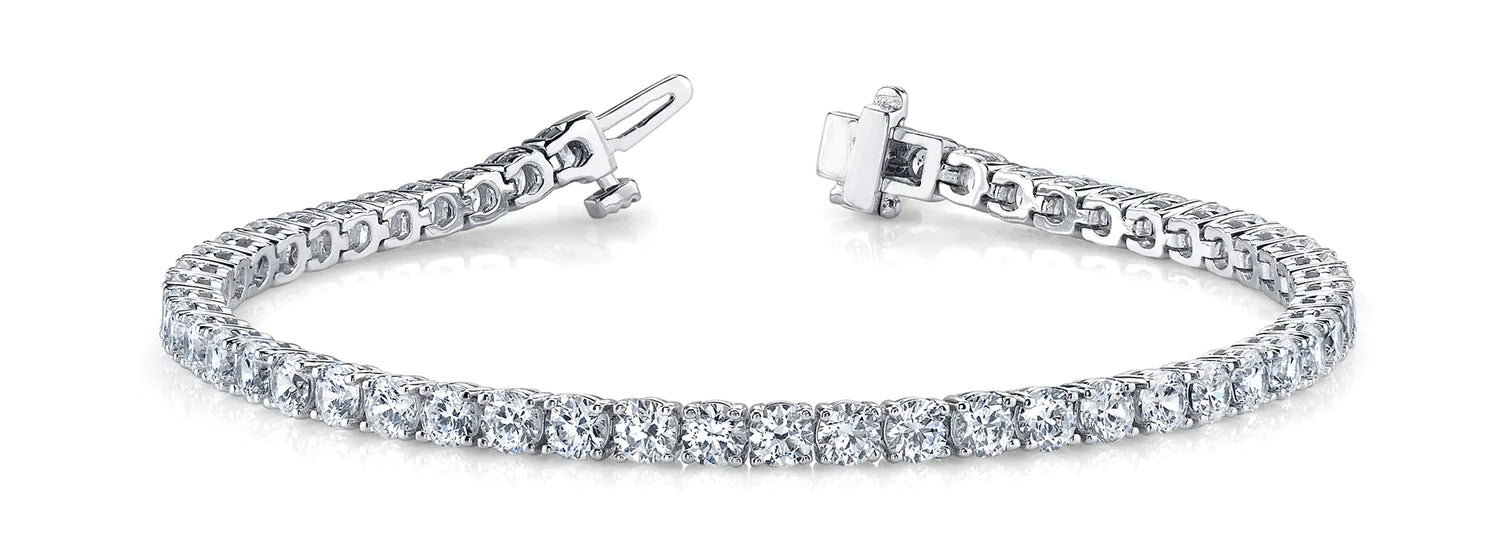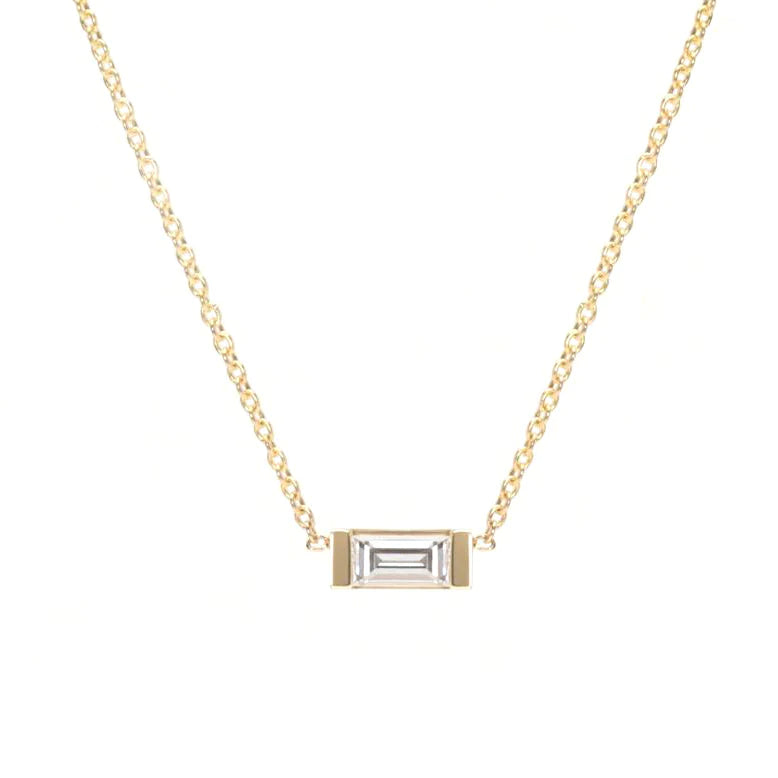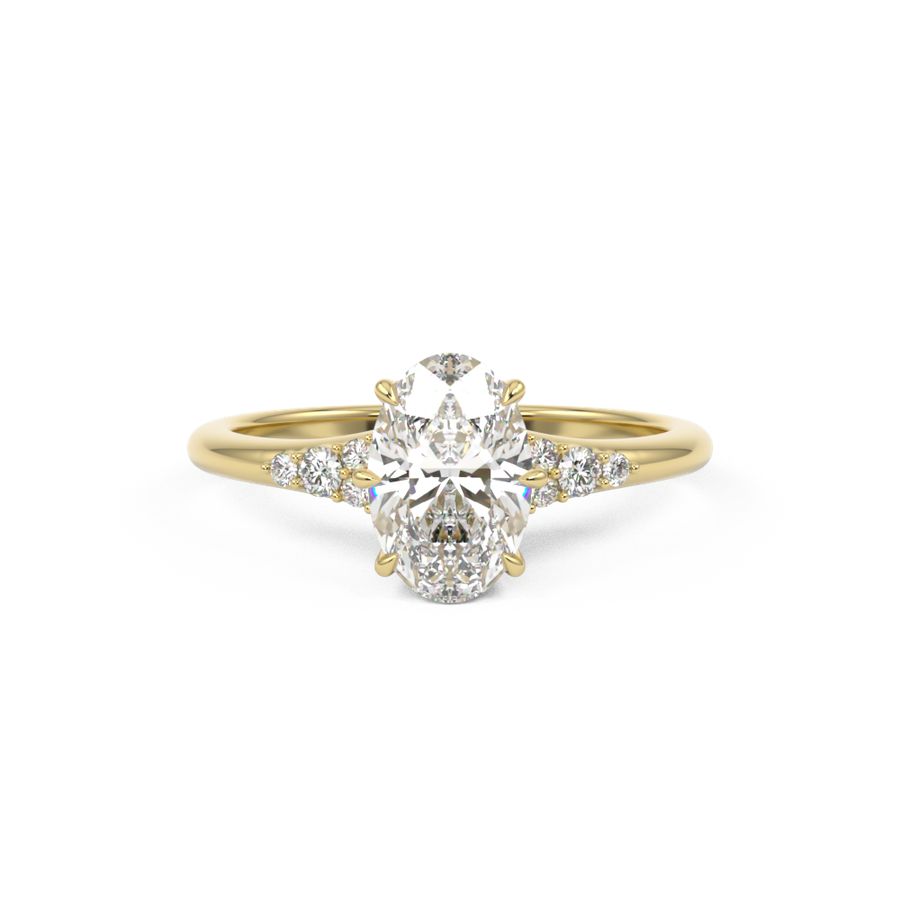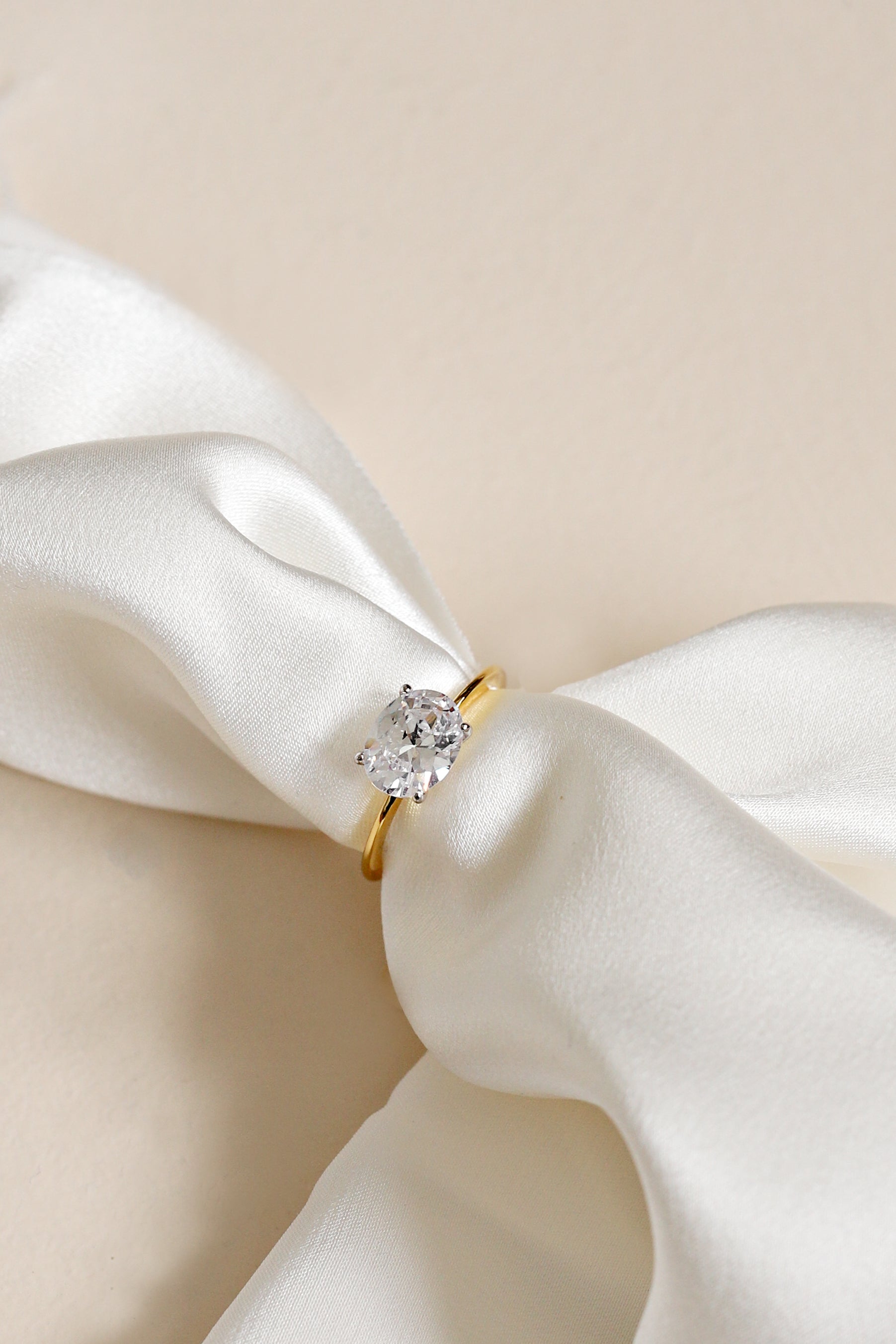Steel
Steel Definitions and Properties
- Steel is an alloy of iron and carbon with improved strength and fracture resistance compared to other forms of iron.
- Stainless steels, which are resistant to corrosion and oxidation, typically need an additional 11% chromium.
- Iron is the base metal of steel and can take two crystalline forms: body-centred cubic and face-centred cubic.
- Small amounts of carbon, other elements, and inclusions within the iron act as hardening agents in steel.
- The carbon content of steel can vary and may contribute up to 2.14% of its weight.
- Steel is known for its hardness, quenching behavior, need for annealing, tempering behavior, yield strength, and tensile strength.
- The increase in steel's strength compared to pure iron is achieved by reducing its ductility.
- Steel has a density ranging between 7,750 and 8,050 kg/m or 7.75 and 8.05 g/cm.
- Different metallurgical structures can form in steel with different properties.
- Pure iron exists as alpha iron (BCC structure) at room temperature.
- Carbon can be included in iron as ferrite or austenite.
- Annealing relieves local internal stresses in steel.
- Quenching creates a hard but brittle martensitic structure.
- Tempering reduces brittleness and transforms martensite into cementite or spheroidite.
- Heat treatment improves ductility and fracture resistance in steel.
- The temperature required for annealing depends on the type and alloying constituents.
Steel Origins and Production
- Iron is commonly found in the Earth's crust as an ore, usually an iron oxide.
- Iron is extracted from iron ore through smelting, which involves removing the oxygen by combining it with carbon.
- Smelting results in an alloy called pig iron, which retains too much carbon to be called steel.
- Other materials, such as nickel, manganese, chromium, and vanadium, are added to the iron/carbon mixture to produce steel with desired properties.
- Stainless steel is created by adding at least 11% chromium to inhibit corrosion and form a hard oxide on the metal surface.
- Steel production on a large scale began in the 17th century with the introduction of blast furnaces and crucible steel.
- The Bessemer process, developed in the mid-19th century, revolutionized mass-produced steel.
- The open-hearth furnace and basic oxygen steelmaking (BOS) further improved the production process.
- Mild steel replaced wrought iron, and major steel production centers emerged in cities like Pittsburgh and Cleveland.
- Refinements in production methods have lowered costs and increased the quality of the final steel product.
Steel Alloying Elements
- Common alloying elements in steel include manganese, nickel, chromium, molybdenum, boron, titanium, vanadium, tungsten, cobalt, and niobium.
- Phosphorus, sulfur, silicon, and traces of oxygen, nitrogen, and copper are also important, albeit often considered undesirable.
- Cast iron, with a carbon content higher than 2.1%, is not malleable but can be formed through casting.
- Cast iron can be heat treated to produce malleable iron or ductile iron objects.
- Steel is distinguishable from wrought iron, which contains a small amount of carbon but large amounts of slag.
Steel History and Industry
- Steel production has ancient origins, with bloomeries and crucibles used in antiquity.
- The earliest known production of steel dates back to 1800 BC in Anatolia.
- Steel weapons like the falcata were used in the Iberian Peninsula.
- Noric steel was utilized by the Roman military.
- Seric iron (wootz steel) from India gained a reputation worldwide.
- Bethlehem Steel in Pennsylvania was one of the largest steel manufacturers before its closure in 2003.
- The steel industry is considered an indicator of economic progress.
- The number of U.S. steelworkers decreased from 500,000 in 1980 to 224,000 in 2000.
- China and India's economic boom increased steel demand.
- Indian and Chinese steel firms expanded to meet demand.
- ArcelorMittal is the world's largest steel producer as of 2017.
- China was the top steel producer in 2005 with one-third of the world share.
- Japan, Russia, and the US followed as top steel producers.
- Steel production capacity results in significant carbon dioxide emissions.
- Around 7% of global greenhouse gas emissions come from the steel industry.
- Reduction of emissions expected through a shift in production route and carbon capture technology.
Steel Uses and Applications
- Steel plays a critical role in infrastructural and economic development.
- Steel demand increased by 6% between 2000 and 2005.
- Tata Steel, Baosteel Group, and Shagang Group expanded to meet demand.
- Steel is widely used in the construction, automotive, and manufacturing industries.
- Steel is still the main material for car bodies, despite the growth of aluminum usage.
- It is used in shipbuilding, pipelines, mining, aerospace, and heavy equipment.
- Other applications include office furniture, steel wool, tools, and armor.
- Steel is one of the most-recycled materials globally, with a recycling rate of over 60%.
- In the United States, over 82,000,000 metric tons of steel were recycled in 2008, with an overall recycling rate of 83%.
- The amount of recycled raw materials in steel production is about 40% of the total steel produced.
- In 2016, 630,000,000 tonnes of steel were recycled out of a total of 1,628,000,000 tonnes produced globally.
Steel Data Sources
| Reference | URL |
|---|---|
| Glossary | https://harryandcojewellery.com.au/blogs/glossary/steel |
| Wikipedia | http://en.wikipedia.org/wiki/Steel |
| Wikidata | https://www.wikidata.org/wiki/Q11427 |
| Knowledge Graph | https://www.google.com/search?kgmid=/m/06qqb |

